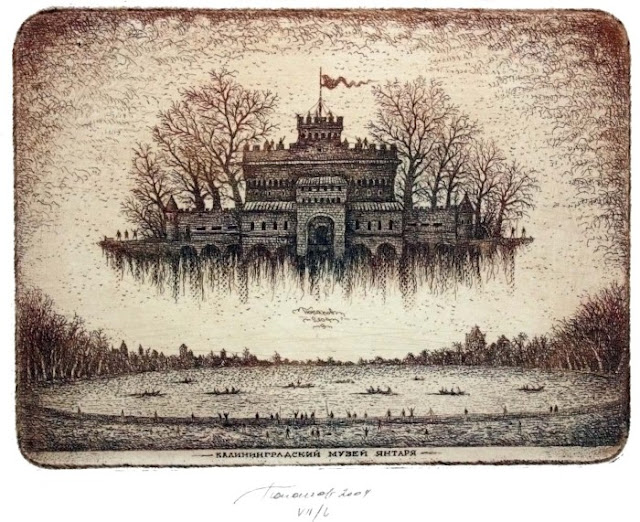 |
| What fairy tale characters really carry in their pockets... by Radiant Crust |
Here's a fun use of fairy tale metaphors I thought some of you might be interested in.
Apparently this website is dedicated to helping people start and maintain their businesses and they've noticed that it isn't the inspirational stories that get the most attention, it's the ones about mistakes. Interestingly, this is one of my favorite things about fairy tales - that they show you the reality of the woods, paths you shouldn't take and paths that will bring you safely out the other side. These are far more useful to me than just wishing for (or envying) happy endings.
From Business News Daily:
Maybe our "mistakes" stories serve as modern fairy tales – warnings of customer service wolves and evil accounting witches lurking around every corner.Here's a teaser of the types they discuss:
Here are a few common fairy tale characters to watch out for at your business.
The wolf in disguise. – Whether it's a wolf in sheep's clothing or one dressed like your grandma, in modern business that wolf represents employees or business partners who are not showing their true colors. They behave like angels in front of you, but once your back is turned, they're up to no good. It's possible to tame the wolf, but first you have to know who it is.
(Edit FTNH: Ha! Met more than a good share of these. The worst thing regarding at least half these wolves is they actually believe they are "your grandma" or angels, or whatever and not the wolf at all. They believe their own smooth talk and somehow justify to themselves actions that, when done by others, seem reprehensible. Now there's a Red Riding Hood story I haven't actually seen yet...)
The wicked witch - (see article for details)
The naïve innocent. – In fairy tales, it's usually a young girl that naively end up in trouble – Goldilocks, Snow White, Little Red Riding Hood. In real life, though, it's anyone in your office who doesn't have the good sense to look at the bigger picture and understand their role in making things work. While it might be harmless for a while, the employees that don't look beyond their own cubicle are the ones that will get into trouble if you ever need to send them out into the forest on your behalf.
(Edit FTNH: I'm glad they added this one!)
The fairy godmother. – (see article for details)
The knight in shining armor. – If you own a business or manage one, you probably fantasize that this is you – the person who comes to the rescue and saves the day. More likely than not, though, it's probably the person who gets the least attention. In fairy tales, no one talks about the prince or knight until the end. At your business, it may well be a person who sits in the back office who doesn't get much attention until times get tough and everybody needs rescuing. Make sure you recognize your "knights" and reward them handsomely.
(Edit FTNH: I wanted to cheer when I read this one. Usually it's the little people working hard, staying late with no OT that help a company meet deadline and look good. Businesses need these people and will be stronger and better if these knights don't feel abused or taken for granted.)You can find the whole article HERE. And while we're on the subject of fairy tales in business, check out their Cinderella stories "a list of some of the most unlikely and inspiring stories of individuals who have overcome hardships and beat the odds to craft successful careers as entrepreneurs" HERE.
Interestingly, again, this is just how I view the Cinderella story - not as a love story (even though there might be love involved) but as a savvy business plan. Check my two-part article for Valentine's Day a couple of years ago on True Love and Fairy Tales HERE. You'll see what I mean.
Fairy tale archetypes really are everywhere... ;)
PS Don't you love the business cards shown here? The links to the creators are in the caption below. Please show them some love.
 |
| by Tanglecrafts |






































